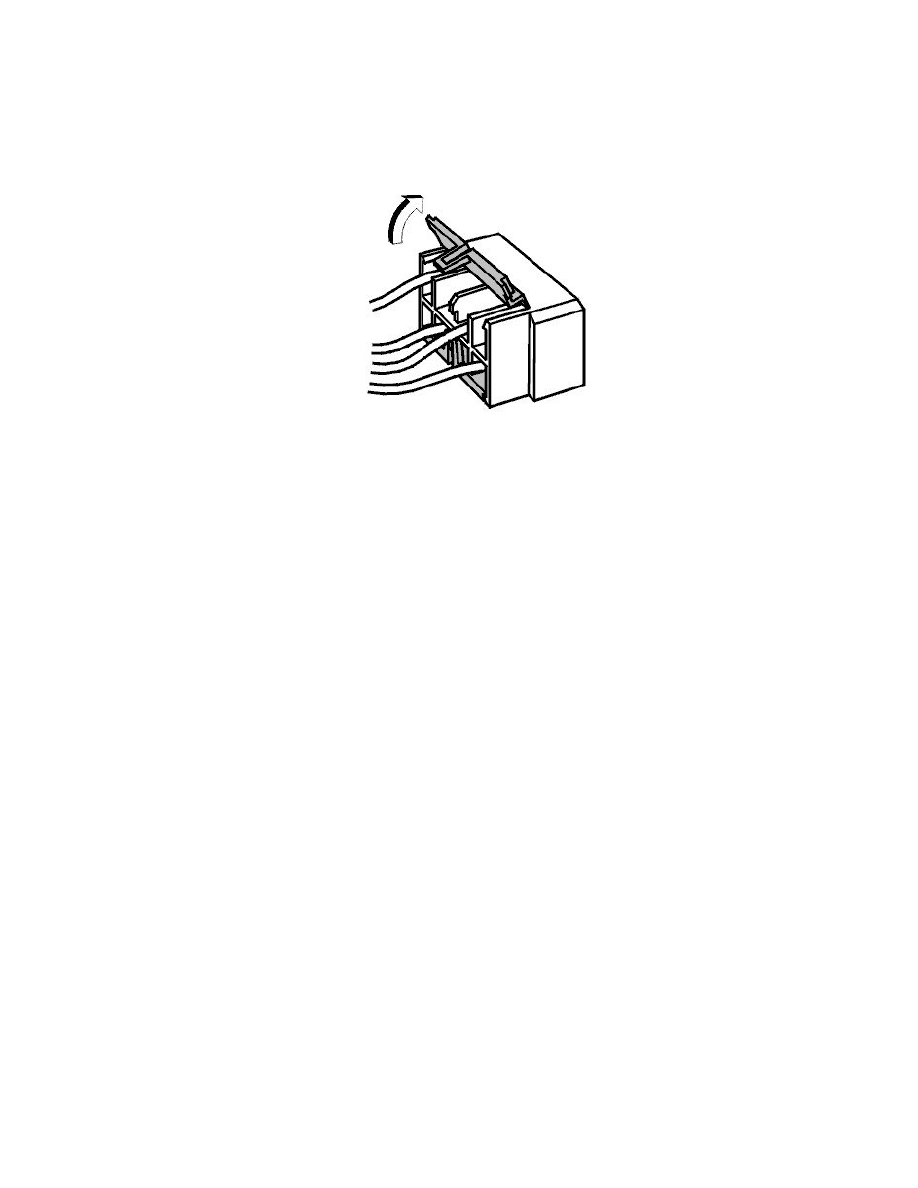V40 L4-1.9L Turbo VIN 25 B4204T2 (2000)

If there is no primary locking on the cable terminal there may be a type of locking catch located in the housing cavity instead. There is always one
separate primary locking for each cable terminal.
Secondary locking
Secondary locking is always located in the housing itself. Secondary locking can be a socket section or locking lid with catches, which must be opened in
order to remove a cable terminal. Secondary locking protects, supports and holds the cable terminals in place.
Ground Points and Oxidization
Ground points and oxidization
Environmental factors
Vibration, changes in temperature, gases and corrosive substances (such as road salt) subject cable connections to considerable stresses. Poorly executed
connections or incorrectly sealed connectors result in reduced service life and lower quality.
Surface oxides
All metal surfaces oxidize in contact with air. This makes it important to fit a cable terminal on a stripped cable for crimping as soon as possible after
stripping the cable.
Most cable terminals are tin plated. Tin oxidizes rapidly and the surface oxide coating makes a hard layer on the soft tin which cracks easily when a pin
or socket is attached to create a contact.
The surface oxide around contact points protect build a gas tight joint which prevents further oxidization and provides a good electrical contact.
Ground points
